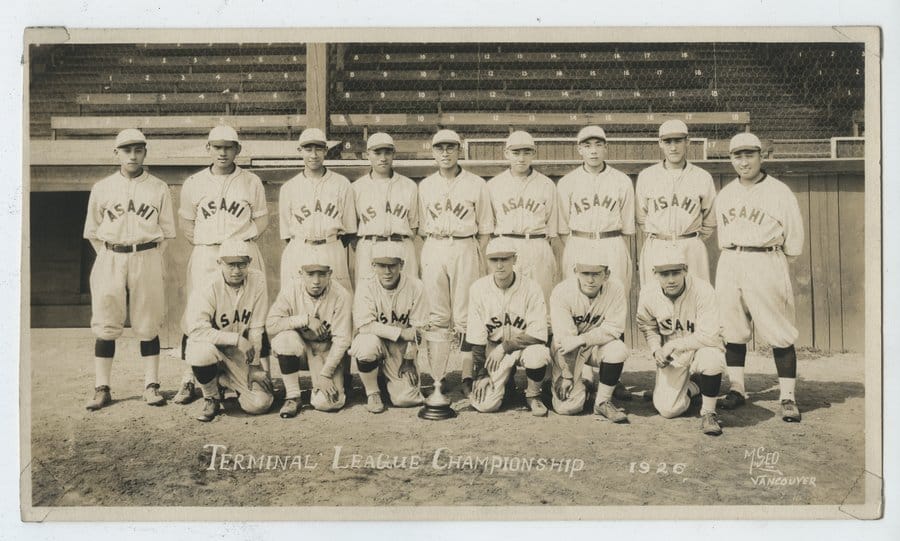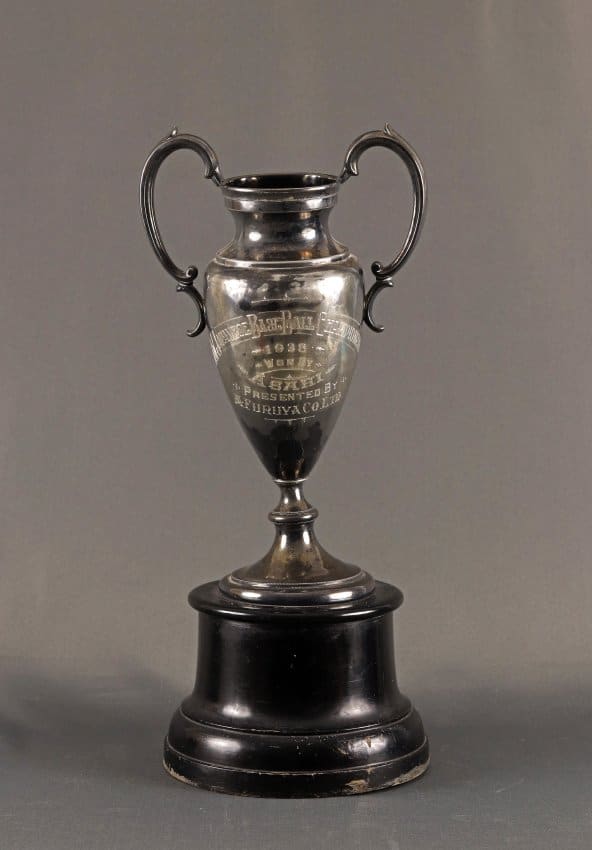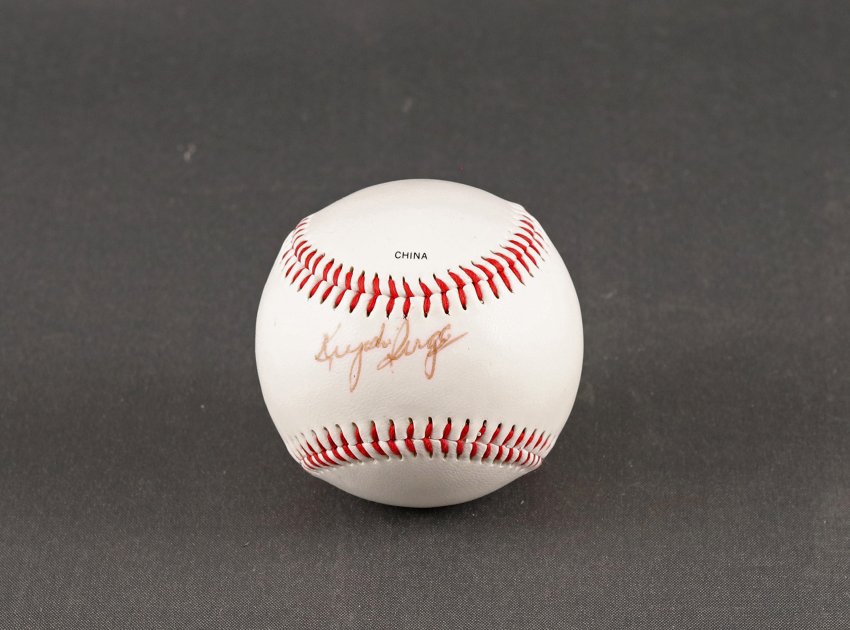Brain Ball:
How the Asahi Changed the Game
Although the Asahi began as a youth team, they developed into a senior league that entered first the amateur Vancouver International League where they won the 1919 championship, then the Vancouver City League in 1920, and the Vancouver Terminal League in 1921. The Asahi did well, even winning the 1926 Terminal League Championship, their first major championship win.
Despite their early success, it was a different story when the Asahi joined the Vancouver Senior League (VSL) in 1927. The Asahi played three seasons in the VSL, finishing each season last in the league. Their sudden struggles were a combination of discriminatory umpiring and Anglo-Canadian players utilizing power-hitting which the Asahi, as generally smaller and less powerful hitters, could not compete with.
















